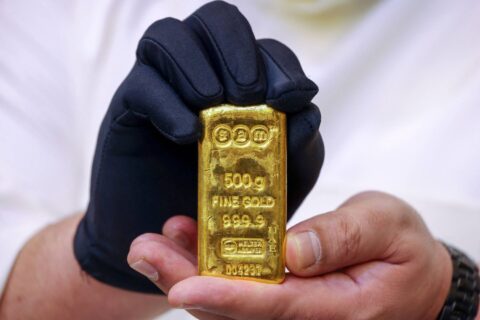Factors affecting recent gold price decline have recently experienced a notable decline after reaching historic highs. Following a substantial increase of nearly $200 between late June and mid-July, the market has seen a pullback. This article explores the factors influencing this recent decline and what it means for future gold prices.
Recent Decline in Gold Prices
Factors affecting recent gold price decline have dropped in recent days despite increased market risk, which typically boosts gold as a ‘safe haven’. The metal surged to a record high of $2,484 per troy ounce between late June and mid-July. The recent drop is likely a correction after this sharp rise, as suggested by Commerzbank’s Commodity Analyst Barbara Lambrecht.
Impact of Federal Reserve Policies
The current gold price levels might stabilize if Federal Reserve Chairman Powell signals potential interest rate cuts in the upcoming Fed meeting. Such indications could support gold prices. However, a new World Gold Council (WGC) report may reveal decreased central bank purchases, which could weaken gold’s support levels.
Influence of Central Bank and ETF Investments
China’s central bank has recently reduced its buying interest due to high gold prices. On the other hand, ETF investor interest appears to be increasing. Despite slight outflows reported for the second quarter, European ETFs saw inflows again in June. This shift indicates changing investment sentiment.
For up-to-date information and detailed analysis of gold prices, visit Daily Gold Signal. For daily gold updates, check the Daily Gold Update.





